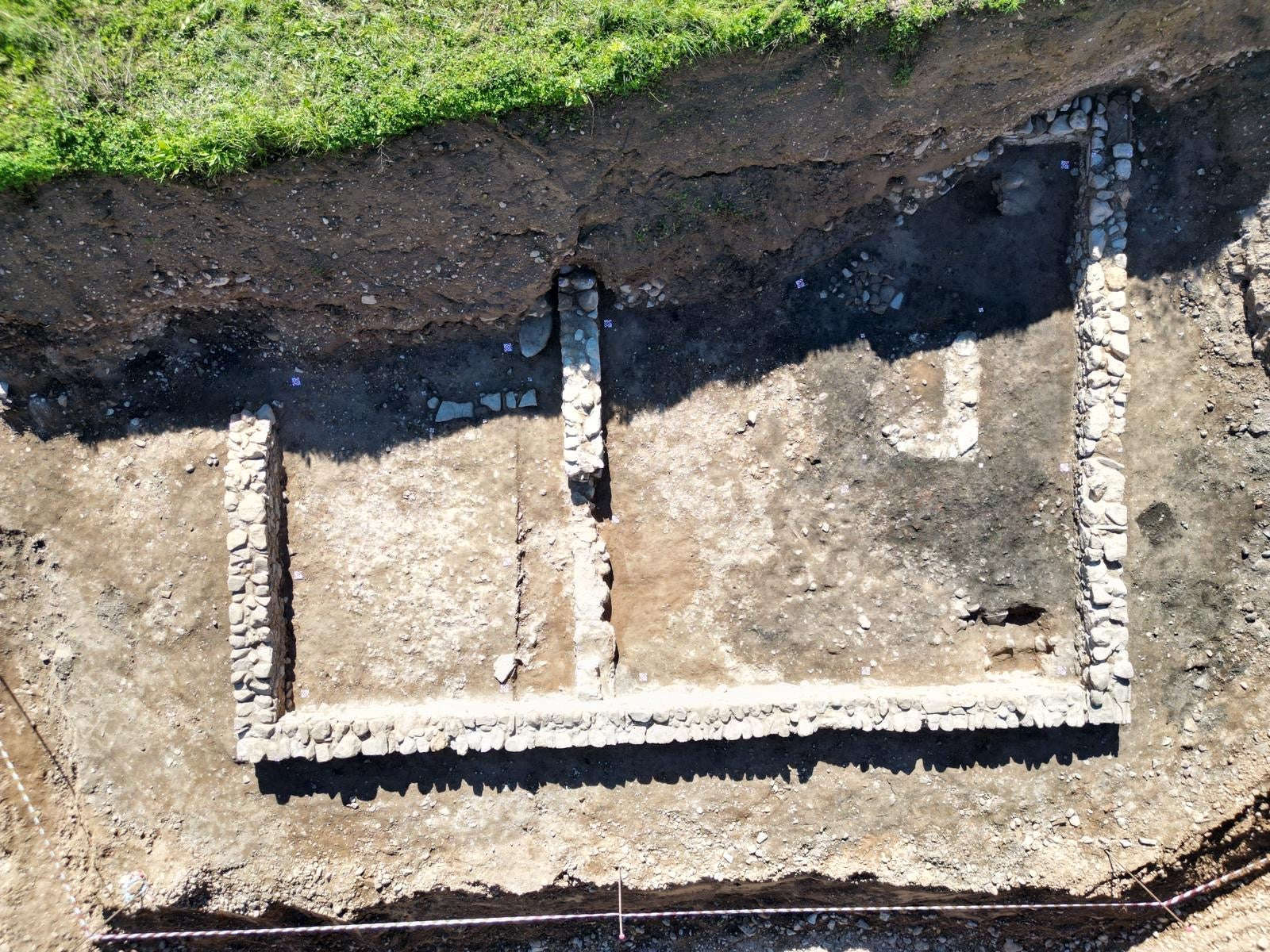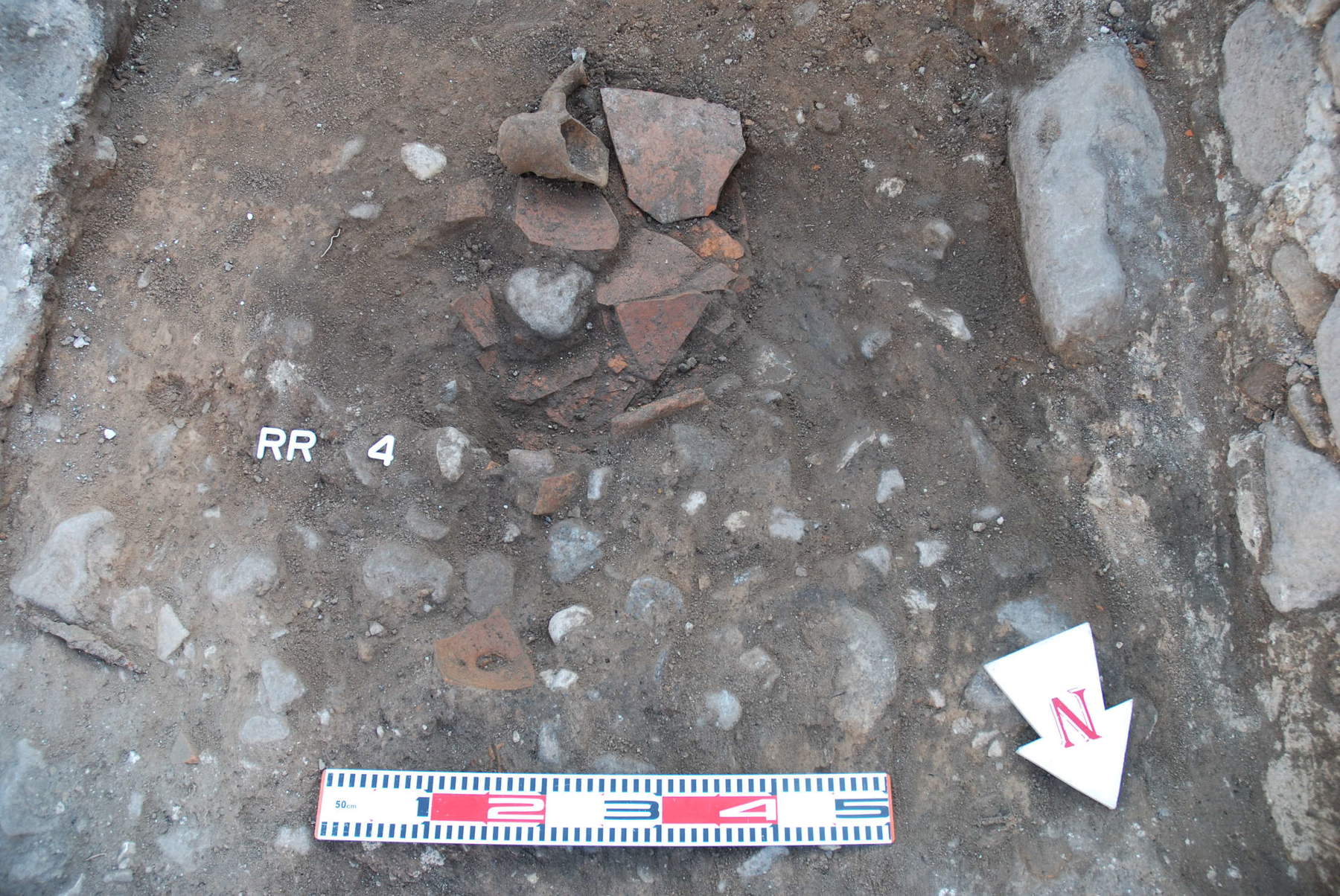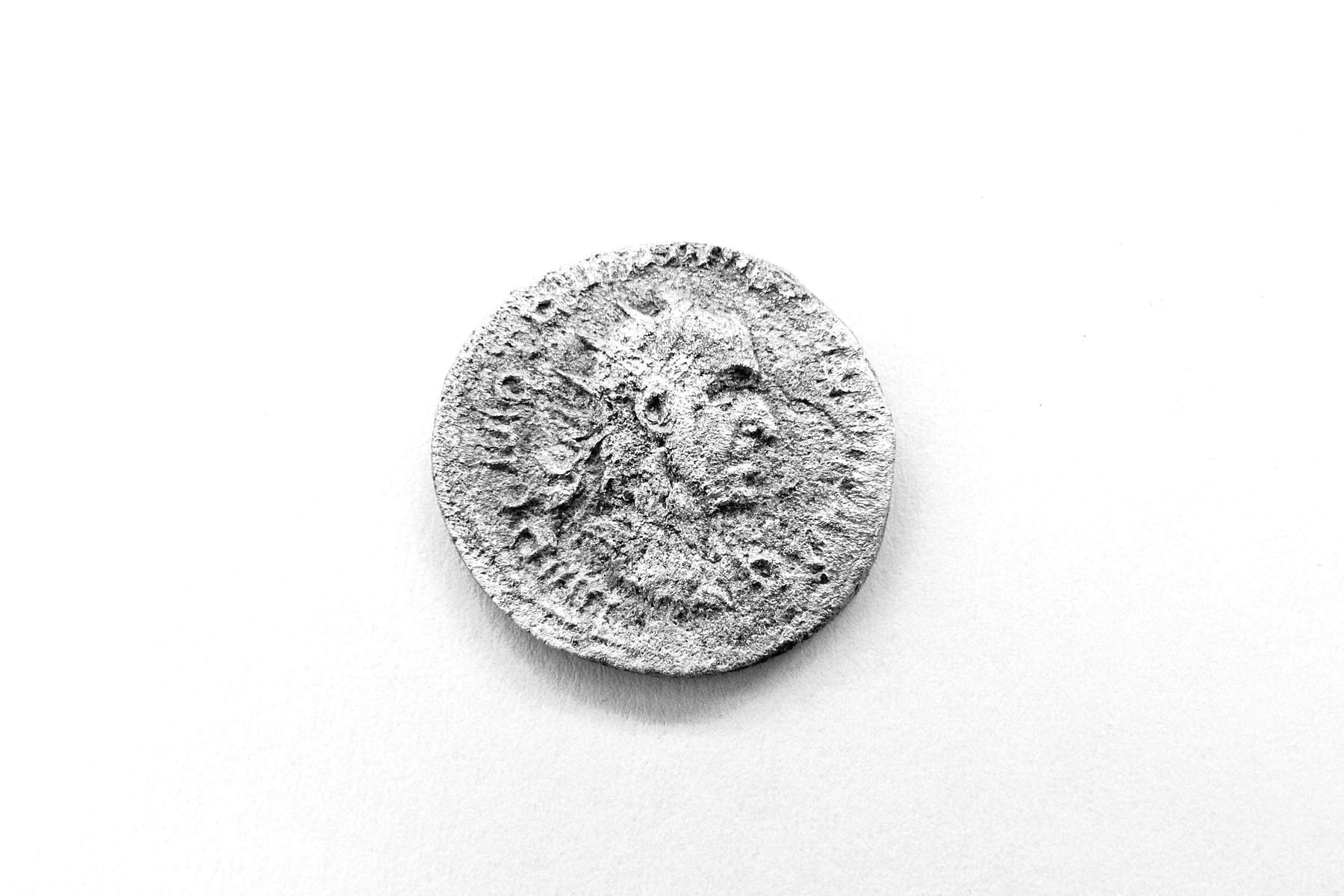In South Tyrol, a new fragment of Roman history is resurfacing beneath the surface in Egna, in the province of Bolzano. During excavation work in preparation for the construction of a house on Bolzano Street,archaeologists from the Office of Archaeological Heritage of the Provincial Cultural Heritage Office, in cooperation with the specialized firm SRA, unearthed a masonry structure dating back to the first centuries AD. It is a building from the Roman period, consisting of two rooms, which according to initial analyses must have been related to production activities, probably a forge.
The building, constructed of masonry bound by lime mortar, measures about eleven meters long by eight meters wide. Its floor plan consists of two separate rooms, one of which shows clear traces of craft activities. The soil layers, rich in coal residues and metal slag, testify to the existence of high-temperature combustion activity. In particular, a combustion pit containing charcoal and processing residues was found, an indication of small-scale metallurgical production.



A considerable amount of iron objects were recovered inside the main room, including numerous nails and small metal fragments that have yet to be restored. Preliminary analysis indicates that these are materials associated with ironworking, perhaps related to the production or repair of tools and metal components destined for the nearby Roman road station of Endidae.
The discovery of roof tiles bearing the “AURESIS” stamp adds a further piece to the historical reconstruction of the site. The presence of this mark, which has already been documented in other contexts in Roman northern Italy, makes it possible to link the building to the production and commercial circuits of the time, testifying to the existence of organized building supplies along the axis of the Via Claudia Augusta, one of the main imperial arteries that connected the Italic world with the northern provinces.
The mobile finds recovered include five coins, fragments of ceramic and glass vessels, and some remains of amphorae. Experts date them to the first centuries AD, a period when Egna, ancient Endidae, was a key transit and exchange point between Roman Italy and the regions of Rhaetia. Coins and pottery fragments, now undergoing restoration and analysis, may provide additional chronological and commercial data, clarifying the building’s economic function within the Roman road system.
The site is located on the upstream side of Bolzano Street, in an area that has returned other important finds in recent years. On the opposite side of the road, in fact, the Archaeological Heritage Office had already unearthed the “Mansio Endidae” road station, a rest and assistance facility for travelers, officials and military personnel in transit along the Via Claudia Augusta. This imperial road, opened in the first century AD, connected northern Italy with Augusta Vindelicum, today’s Augsburg, the capital of the Roman province of Rhaetia.
The proximity between the two sites suggests a direct link: the house now found may have been part of the functional complex connected to the mansio, perhaps intended for maintenance, production or logistical support for travelers and vehicles traveling along the route. In recent years, several cremation burials from Roman times have also been identified north of the road station, confirming the extent and complexity of the Egna archaeological site. The succession of finds helps to paint a more accurate picture of daily life along the Via Claudia Augusta, showing how this area was a focal point of passage, work and settlement.
Egna’s geographical location at the crossroads of the plains and the Alpine pass made it a strategic point for the control and maintenance of communication routes. Metallurgical activity, attested by the finds, could have been related not only to the production of objects of daily use but also to the maintenance of wagons, tools and transport instruments. The construction quality of the building and the use of lime mortar indicate a high technical level and a structured patronage, consistent with a service settlement attached to a major imperial road.
The discovery represents yet another confirmation of the richness of the archaeological heritage of Egna and its territory. In recent decades, investigations along Via Bolzano and the surrounding areas have returned a mosaic of evidence that tells of the continuity of life in the area from the Roman period to the Middle Ages. Future research could clarify the extent of the settlement and the area’s economic role within the logistical support network along the Via Claudia Augusta.
 |
| Egna (Bolzano), Roman building resurfaces: possibly a forge on the Via Claudia Augusta |
Warning: the translation into English of the original Italian article was created using automatic tools. We undertake to review all articles, but we do not guarantee the total absence of inaccuracies in the translation due to the program. You can find the original by clicking on the ITA button. If you find any mistake,please contact us.